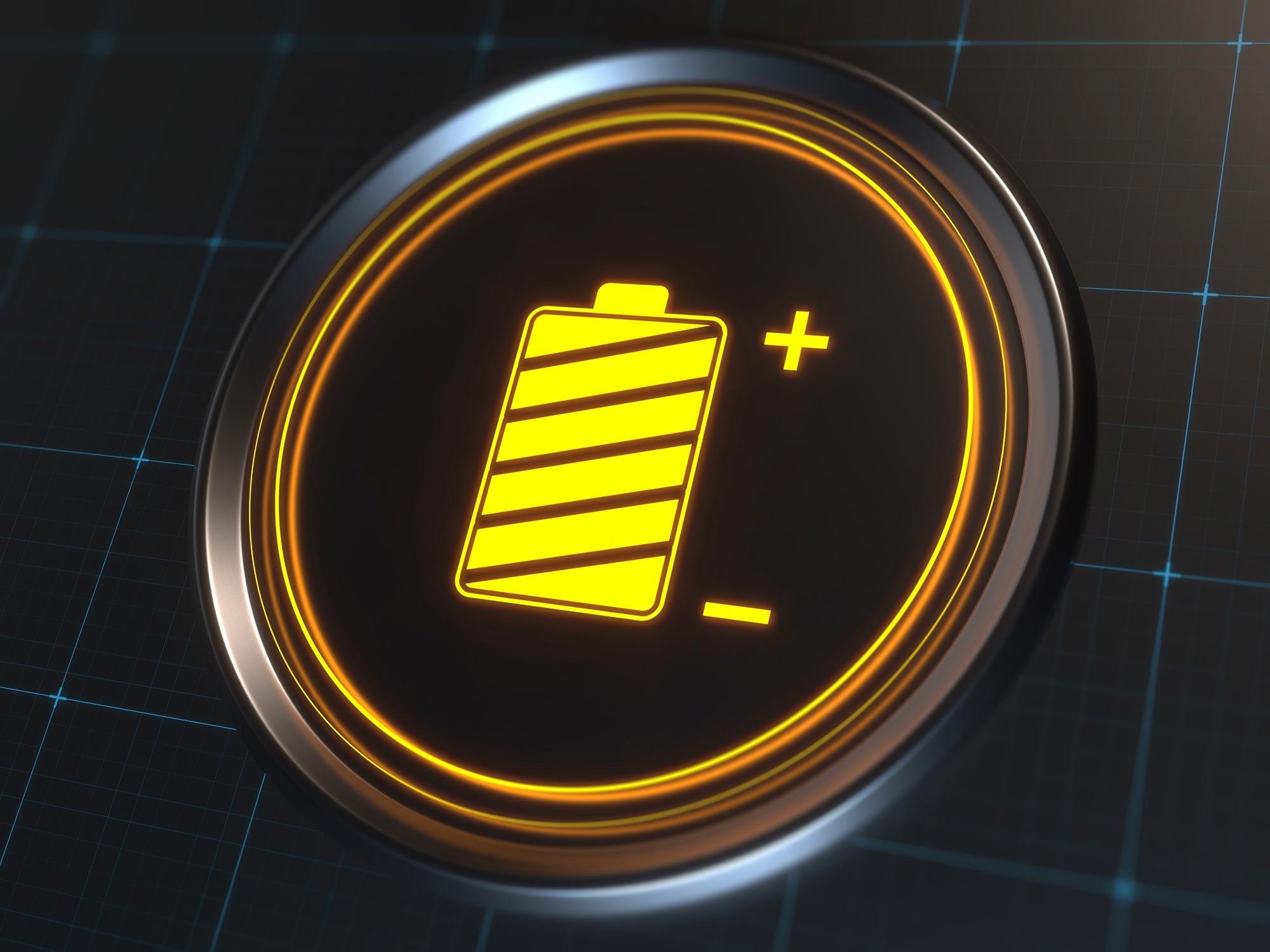
Sodium-sulfur batteries, often known as Na-S batteries, are a sort of vitality storage system that makes use of a molten combination of sodium and sulfur because the electrolyte.
A brand new battery has been developed that boasts 4 occasions the capability of lithium batteries, and at a extra reasonably priced value.
A global staff of researchers, led by Dr. Shenlong Zhao from the College of Sydney, has developed a brand new battery that has the potential to considerably scale back the price of transitioning to a decarbonized economic system.
The battery has 4 occasions the vitality capability of lithium-ion batteries and is less expensive to supply. The staff used sodium-sulfur, a sort of molten salt that may be extracted from seawater, to create the battery, making it a cheaper various to lithium-ion batteries.
Though sodium-sulfur (Na-S) batteries have existed for greater than half a century, they’ve been an inferior various and their widespread use has been restricted by low vitality capability and quick life cycles.
Utilizing a easy pyrolysis course of and carbon-based electrodes to enhance the reactivity of sulfur and the reversibility of reactions between sulfur and sodium, the researchers’ battery has shaken off its previously sluggish repute, exhibiting super-high capability and ultra-long life at room temperature.
The researchers say the Na-S battery can also be a extra energy-dense and fewer poisonous various to lithium-ion batteries, which, whereas used extensively in digital units and for vitality storage, are costly to fabricate and recycle.
Dr. Zhao’s Na-S battery has been particularly designed to supply a high-performing resolution for giant renewable vitality storage methods, comparable to electrical grids, whereas considerably decreasing operational prices.
In keeping with the Clear Power Council, in 2021 32.5 p.c of Australia’s electrical energy got here from clear vitality sources and the trade is accelerating. Family vitality storage can also be rising. In keeping with a current report a file 33,000 batteries have been put in in 2021.
“Our sodium battery has the potential to dramatically scale back prices whereas offering 4 occasions as a lot storage capability. It is a vital breakthrough for renewable vitality growth which, though it reduces prices in the long run, has had a number of monetary boundaries to entry,” stated lead researcher Dr. Zhao.
“When the solar isn’t shining and the breeze isn’t blowing, we want high-quality storage options that don’t value the Earth and are simply accessible on an area or regional stage.
“We hope that by offering a expertise that reduces prices we will sooner attain a clear vitality horizon. It most likely goes with out saying however the sooner we will decarbonize — the higher probabilities we’ve got of capping warming.
“Storage options which might be manufactured utilizing plentiful sources like sodium – which may be processed from seawater – even have the potential to ensure larger vitality safety extra broadly and permit extra international locations to affix the shift in direction of decarbonization.”
The lab-scale batteries (cion batteries) have been efficiently fabricated and examined within the University of Sydney’s chemical engineering facility. The researchers now plan to improve and commercialize the recently fabricated Ah-level pouch cells.
Reference: “Atomically Dispersed Dual-Site Cathode with a Record High Sulfur Mass Loading for High-Performance Room-Temperature Sodium–Sulfur Batteries” by Bin-Wei Zhang, Liuyue Cao, Cheng Tang, Chunhui Tan, Ningyan Cheng, Wei-Hong Lai, Yun-Xiao Wang, Zhen-Xiang Cheng, Juncai Dong, Yuan Kong, Shi-Xue Dou and Shenlong Zhao, 29 October 2022, Advanced Materials.
DOI: 10.1002/adma.202206828
Supply By https://scitechdaily.com/300-more-capacity-new-battery-technology-could-significantly-lower-energy-storage-costs/
